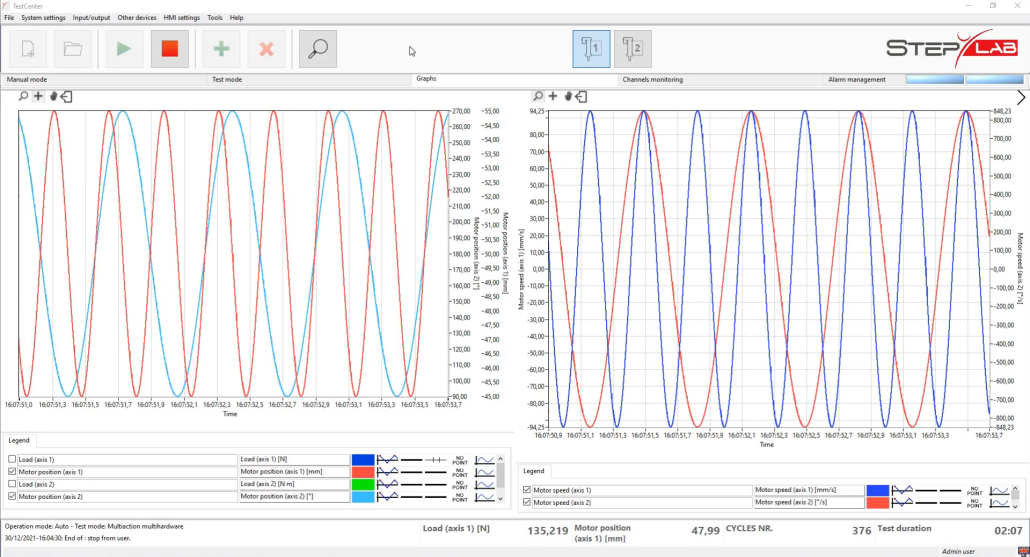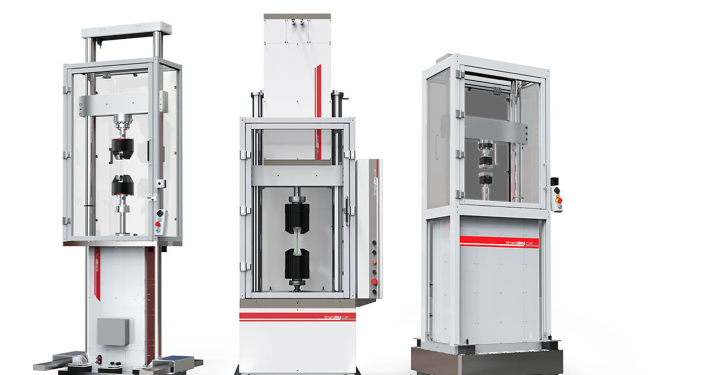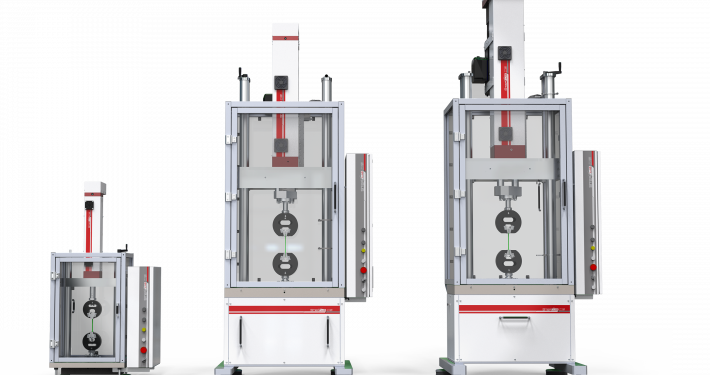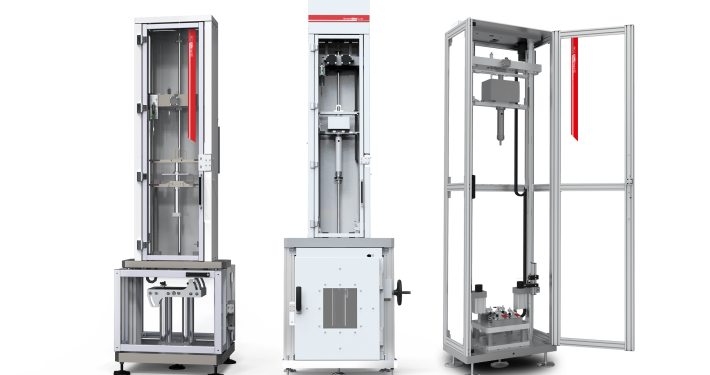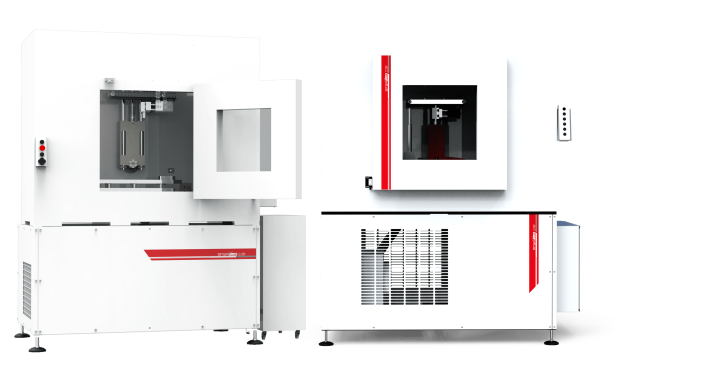Control module for dynamic mechanical tests of HCF, LCF and DMA. Software for managing tests with precision and according to major international standards. The programme is organised to offer you editable presets of the most common tests or allow you to quickly customise your test.
HCF
LCF
DMA
Dynamic evidence management
Meet a full spectrum of performance, durability and quality assurance testing needs with STEP Lab’s comprehensive portfolio of shock absorber testing software. Designed to support STEP Lab’s growing complement of electric shock absorber test systems, these programmes offer comprehensive test creation, efficient runtime and data acquisition, automated reporting and numerous methods for presentation and analysis.
Data acquisition and screen
It monitors dynamic properties against time or fatigue cycles.
- Samples the specified strength, length and phase relationship of the input signals
- Calculates and displays fundamental properties: K*, K’, K”, Phase, Tan Delta, Damping, Total Energy, Displacement and Load Amplitude
- Supports limit control to trigger appropriate actions
Dynamic Characterisation (DMA)
It conducts dynamic characterization of viscoelastic materials or components over a wide range of variables with up to four simultaneous control channels.
- Measure dynamic stiffness (K), phase angle, damping (C), modulus (E or G), delta tan
- Performs frequency, dynamic amplitude, and average level characterizations on systems with a single dynamic channel
- Scan individual variables for average level, dynamic amplitude, frequency, temperature, or phase relationship between control channels
- Combine several scans in one test
- It performs phase-dependent characterizations between dynamic channels on systems with more than one dynamic channel.
- Performs characterisations as a function of temperature set point
- Includes automatic measurement and correction of dynamic system errors induced by transducers and electronics
High cycle fatigue
STEP Lab provides high cycle fatigue (HCF) services that can help determine the fatigue strength of a particular material through a variety of tests, including but not limited to:
- Axial fatigue (ASTM E466)
- 3-point bending fatigue
- 4-point bending fatigue
- Overhanging fatigue
- Rotating beam fatigue (RR Moore style)
Low cycle fatigue
The low-cycle fatigue test is normally performed in strain control with load as the dependent variable. The deformation variables usually defined by the customer are:
- Wave Shape (triangular/sinusoidal/trapezoidal)
- Frequency (Hz, opm, strain rate = strain%/sec)
- Maximum Target Strain o Strain Range (%)
- A-Ratio (amplitude/mean) o R-Ratio (minimum/maximum)
- Switch Point(When the specimen switches from strain to load control – increasing frequency)
- Discontinue Test(Specified cycle count, at which point the test is terminated)

